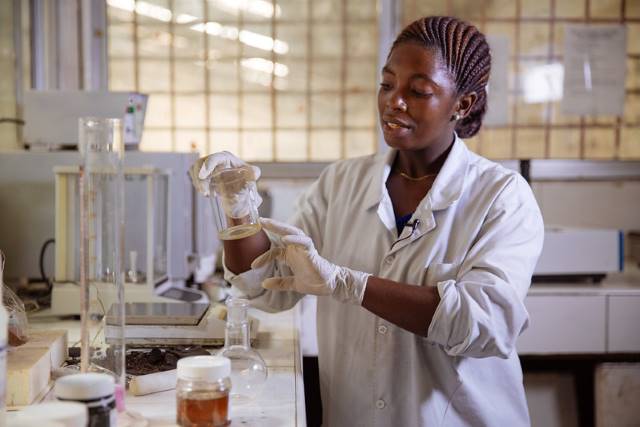 Gender equality is vital for alleviating global poverty. Women represent 70% of the world’s most poverty-stricken people. Consequently, women need more opportunities in the job market and increased access to health and education resources in order to truly thrive. Uplifting and empowering women all over the world will lead to greater progress with global poverty reduction efforts. In particular, women in science have the potential to ignite impactful breakthroughs.
Gender equality is vital for alleviating global poverty. Women represent 70% of the world’s most poverty-stricken people. Consequently, women need more opportunities in the job market and increased access to health and education resources in order to truly thrive. Uplifting and empowering women all over the world will lead to greater progress with global poverty reduction efforts. In particular, women in science have the potential to ignite impactful breakthroughs.
Society, Culture and Bias
Women’s empowerment starts with the foundation of education. Research shows that, as it stands, only 30% of the world’s researchers are women. One can explain this by cultural beliefs and social norms inhibiting women from pursuing a scientific education and career.
The gender gap in science underscores a societal bias. Furthermore, because the majority of researchers are men, research is less likely to head in the direction of improving the struggles and concerns that women face. Providing more opportunities in science and technology for women would help promote technological breakthroughs and progress for the betterment of both genders.
Women in Science
Data shows that although the share of women in science differs according to specific countries, women have experienced global underrepresentation in scientific and technological fields. For instance, in 2016, women represented 55% of all researchers in Tunisia, the highest rate in Africa. Alternatively, women comprised only 5% of all researchers in Chad.
According to the UNESCO Institute for Statistics (UIS), the average share of women researchers in Africa was 24.8% in 2016. This is approximately 4% lower than the already low international average of 28%.
Gender Equality and Development
For decades, the U.N. has supported gender equality and women’s empowerment. For instance, it adopted the Convention on the Elimination of All Forms of Discrimination against Women (CEDAW) in 1979, a landmark agreement putting women at the center of human rights issues and global development.
Gender equality also plays a crucial role in global development. Women’s empowerment is part of the 17 U.N. Sustainable Development Goals adopted in the 2030 Agenda for Sustainable Development. These goals represent a global partnership aiming to end poverty, promote education and health, reduce inequalities and more.
The U.N. gender equality goal (SDG 5) focuses on various targets such as ending discrimination against women, preventing the violent treatment and exploitation of women and ending child marriage and female genital mutilation. Target 5.5. entails ensuring “Women’s full and effective participation and equal opportunities for leadership at all levels of decision-making in political, economic and public life.” This target definitely extends to the scientific arena where women’s participation would mean scientific breakthroughs geared toward improving the struggles of women.
What is the OWSD?
The Organization for Women in Science for the Developing World (OWSD) is a program unit of UNESCO. This program unit has been supporting women scientists in developing countries since 1987. Supported by the Swedish International Development Cooperation Agency (SIDA), the “OWSD provides research training, career development and networking opportunities for women scientists throughout the developing world.” Since 1988, more than 470 women in developing countries have received fellowships and more than 270 have graduated. The OWSD grants fellowships in various fields such as biology, agriculture, medicine, engineering and physical sciences.
The main goal of the OWSD is to encourage and support women’s roles in technological and scientific fields as well as in leadership. In doing so, the organization underlines the importance of the representation of women in scientific and technological progress in developing countries. The OWSD also emphasizes the need for collaboration between women scientists to build a global network to continue assisting women in science.
The Role of Women
Women’s empowerment represents a key part of reducing global poverty and can also positively impact global peace. Women’s empowerment links to a country’s prosperity. Countries that offer women equal employment opportunities also have lower poverty rates and a higher GDP. Women also play a significant role in the success and development of children. Research shows that women are likely to invest 90% of their income into the household. Income would go toward securing the basic needs of the family, enrolling children in school and investing in healthcare.
Gender equality promotes social and economic developments. In turn, a strong and durable economy can help build peaceful societies. As Michelle Bachelet, the U.N. Women executive director, stated in 2013, “There can be no peace, no progress as long as there is discrimination and violence against women.”
Women’s Empowerment for Global Development
According to the OWSD, in many developing countries women make up the majority of caregivers and agricultural workers.”If women are included as both participants in scientific research and as the beneficiaries of scientific research” the results will be highly impactful. By giving women consideration, resources and agency, the OWSD contributes to significant progress in developing countries. The organization not only contributes to scientific and technological progress but also endorses gender equality and fundamental human rights all around the world.
– Soizic Lecocq
Photo: Flickr
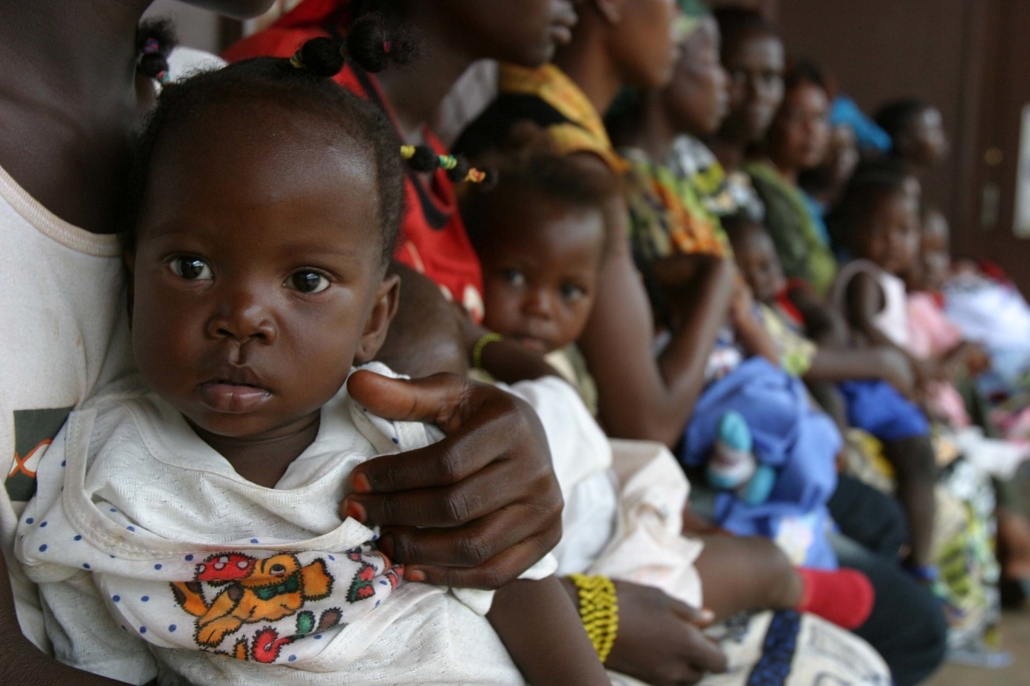
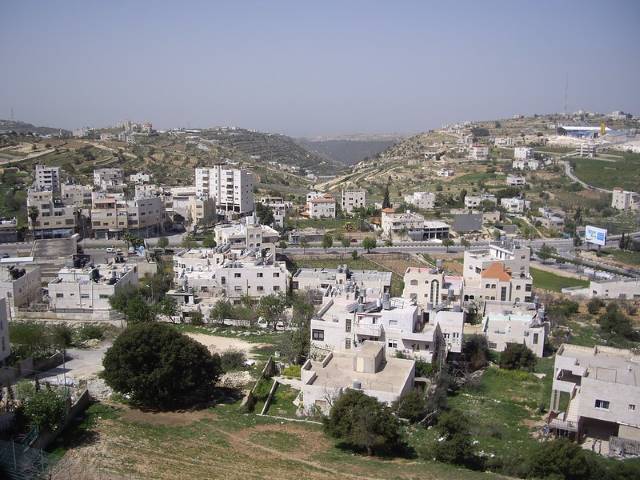 Hebron, also known as Al Khalil, is an ancient city located within the West Bank. It sits along
Hebron, also known as Al Khalil, is an ancient city located within the West Bank. It sits along 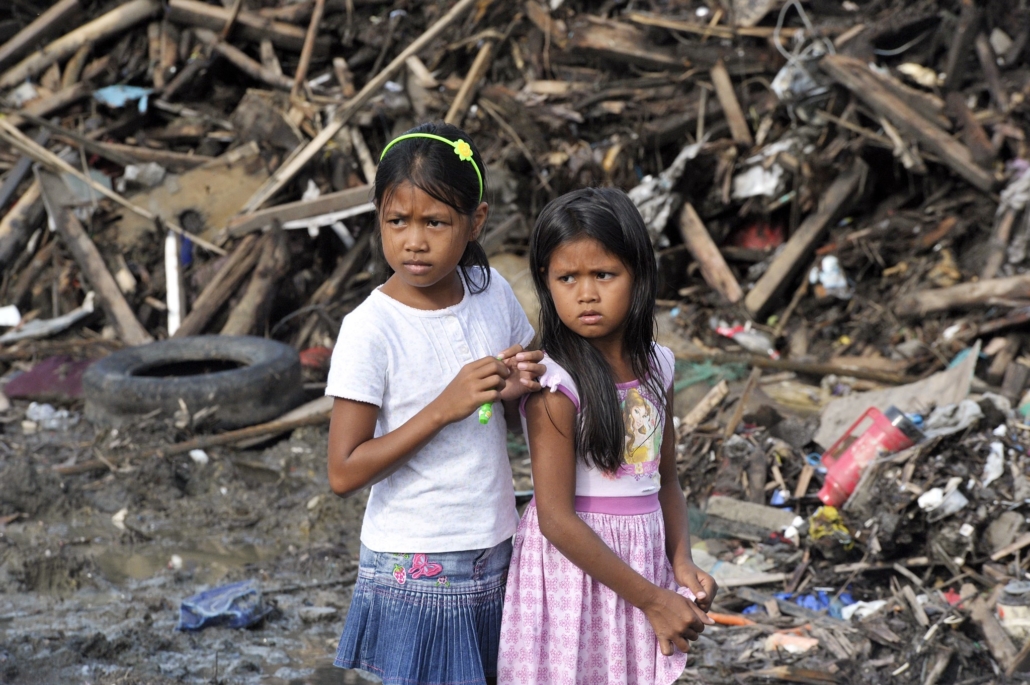
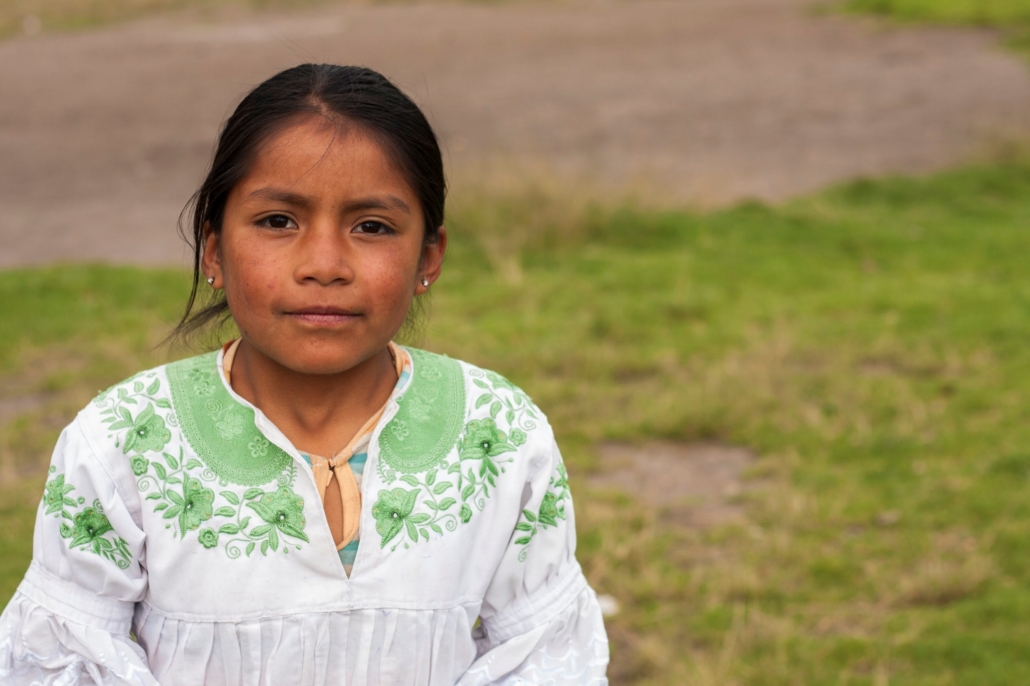
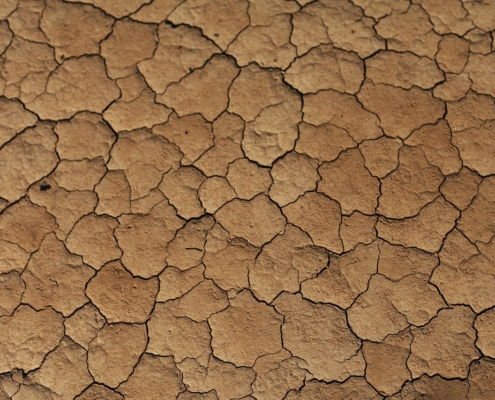 Agriculture stimulates the large majority of economies in nearly all African countries. For the past couple of decades, the value of agricultural production has almost tripled (+160%). This large boost imbues every nation with great potential. With that potential lies a grand obstacle that is forcing leaders to think differently about the situation in Africa. The loss of arable land is an issue that threatens the progress of Africa’s agricultural economies, and while the issue remains largely invisible across the continent, the impacts have been widespread and devastating.
Agriculture stimulates the large majority of economies in nearly all African countries. For the past couple of decades, the value of agricultural production has almost tripled (+160%). This large boost imbues every nation with great potential. With that potential lies a grand obstacle that is forcing leaders to think differently about the situation in Africa. The loss of arable land is an issue that threatens the progress of Africa’s agricultural economies, and while the issue remains largely invisible across the continent, the impacts have been widespread and devastating.
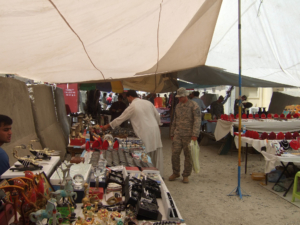
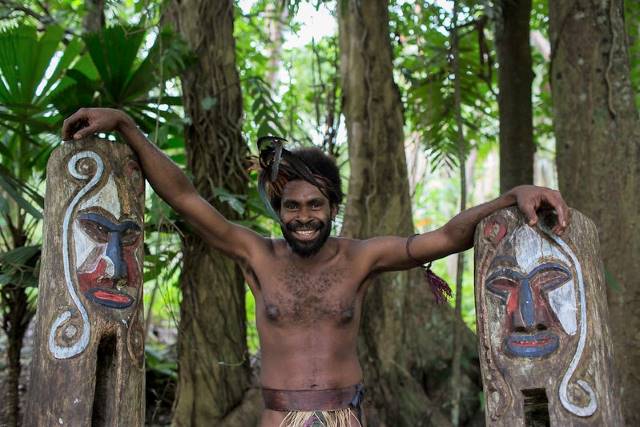 Since the United Nations created the least developed countries (LDCs) list in the 1970s, only six nations have moved off of the list to a higher ranking of development. Vanuatu, an island nation in the South Pacific, became the sixth country to do so on December 4, 2020, after being designated an LDC in 1985. Vanuatu’s graduation from the LDCs list can serve as a beacon of hope for more LDCs to achieve higher rates of development.
Since the United Nations created the least developed countries (LDCs) list in the 1970s, only six nations have moved off of the list to a higher ranking of development. Vanuatu, an island nation in the South Pacific, became the sixth country to do so on December 4, 2020, after being designated an LDC in 1985. Vanuatu’s graduation from the LDCs list can serve as a beacon of hope for more LDCs to achieve higher rates of development.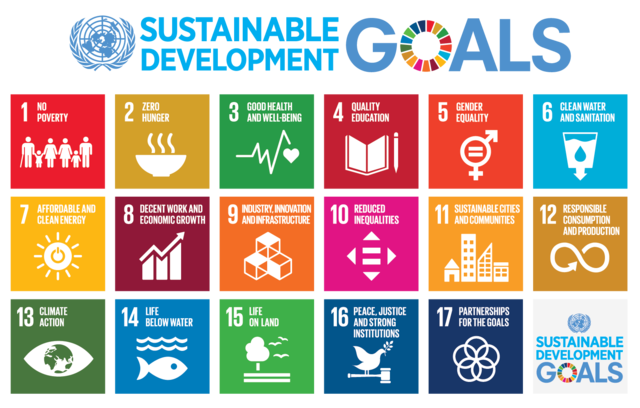 In Argentina, the COVID-19 pandemic and ensuing economic unrest has stalled efforts to close the inequality gap. Before the pandemic hit, Argentina was making progress on a series of Sustainable Development Goals (SDGs), which is a
In Argentina, the COVID-19 pandemic and ensuing economic unrest has stalled efforts to close the inequality gap. Before the pandemic hit, Argentina was making progress on a series of Sustainable Development Goals (SDGs), which is a 